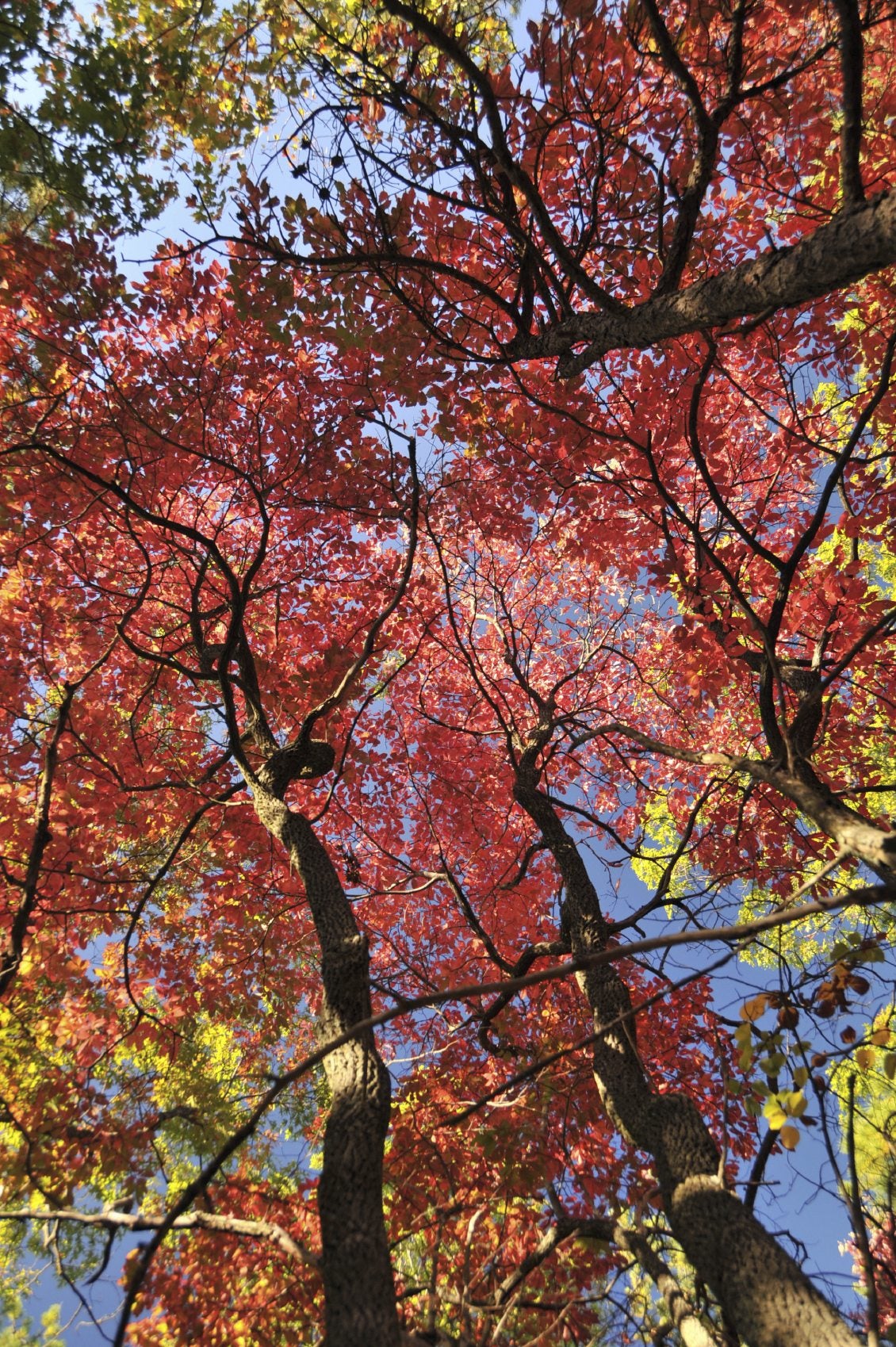Sourwood Tree Facts: Learn About The Care Of Sourwood Trees


If you’ve never heard of sourwood trees, you have missed out on one of the most beautiful native species. Sourwood trees, also called sorrel trees, offer delight in every season, with flowers in summer, brilliant color in fall, and ornamental seed pods in winter. If you are thinking of planting sourwood trees, you’ll want to learn more sourwood tree information. Read on to learn about the planting and care of sourwood trees.
Sourwood Tree Facts
It’s interesting to read up on sourwood tree facts. Sourwood tree growth is fairly rapid. The trees typically grow 25 feet (8 m.) tall in your backyard but can shoot up to 60 feet (18 m.) tall in the wild. The trunk of a sourwood tree is straight and slender, the bark fissured and gray, and the crown narrow. Sourwood tree facts tell you that the scientific name is Oxydendrum arboretum. The common name derives from the sour taste of the leaves, which are finely toothed and glossy. They can grow to 8 inches (20 cm.) long and look a little like peach leaves. If you are considering planting sourwood trees, you’ll be glad to learn that the foliage produces excellent fall color, consistently turning a bright crimson. You may also appreciate sourwood tree information about the flowers, which are attractive to bees. The flowers are white and appear on the branches in summer. Blossoms bloom on sender panicles and have a faint fragrance. In time, the flowers produce dry seed capsules that ripen in autumn. They hang on the tree after leaf drop and lend ornamental winter interest.
Planting Sourwood Trees
If you are planting sourwood trees, you’ll do best to grow them in well-draining, slightly acidic soil. The ideal soil is moist and rich in organic content. Plant the trees in full sun. Although they will tolerate partial shade, you’ll get less flowers and the fall color will not be as bright. To take care of sourwood trees, don’t stint on water. Provide the trees with generous irrigation all growing season when they are young. Water them during dry weather, even after they mature, since they are intolerant of drought. Grow sourwood trees in U.S. Department of Agriculture plant hardiness zones 5 through 9.
Sign up for the Gardening Know How newsletter today and receive a free copy of our e-book "How to Grow Delicious Tomatoes".

Teo Spengler is a master gardener and a docent at the San Francisco Botanical Garden, where she hosts public tours. She has studied horticulture and written about nature, trees, plants, and gardening for more than two decades, following a career as an attorney and legal writer. Her extended family includes some 30 houseplants and hundreds of outdoor plants, including 250 trees, which are her main passion. Spengler currently splits her life between San Francisco and the French Basque Country, though she was raised in Alaska, giving her experience of gardening in a range of climates.